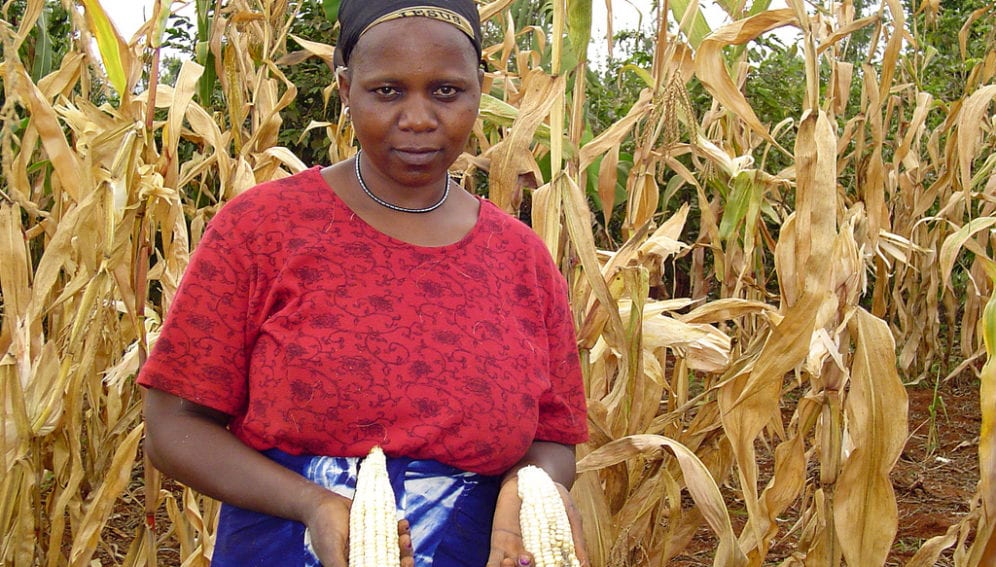By: Ola Al-Ghazawy
Send to a friend
The details you provide on this page will not be used to send unsolicited email, and will not be sold to a 3rd party. See privacy policy.
[CAIRO] It may be a win-win situation: treating seeds with commercially available growth promoters before planting could have the added benefit of attracting parasitic wasps that feed on caterpillar pests, suggests a study.
The protective effect of these cheap, commercially available chemicals, known as ‘plant strengtheners’, can help protect young crops when they are particularly vulnerable to caterpillars, according to research published last month (19 February) in the Philosophical Transactions of the Royal Society B.
“In the new study we show that the effect is long-lasting: even a week after treatment, we can see the effect,” says study co-author Ted Turlings, an ecologist at the University of Neuchâtel, Switzerland.
“This is an excellent pest control strategy.”
Mohamed Ragaei, Egyptian National Research Centre
It is estimated that pathogens and pests account for 25 to 40 per cent of total crop loss. When under attack, plants naturally emit oils that attract the natural predators of the pests. It is possible to up-regulate this process — so more oil is emitted— using genetic modification.
But genetic modification up-regulates only the production of specific chemicals, and research indicates that it is a mixture of various chemicals that is most effective at attracting predators.
Since the mid-2000s scientists have known that spraying with plant strengtheners — a generic term for compounds that boost the vigour, resilience and performance of crops — also elicits the release of a range of extra predator-attracting chemicals. Though the exact biology involved is not well understood and the technique had not performed well in field trials.
Turlings team thought that this poor performance during previous large trials might be partly because the strengtheners were applied too late and partly because heavily pest-infested fields were used for the trials. If this was the case, then the strengtheners could still be useful if applied earlier — by soaking seeds in them, for example.
The scientists tried this idea out on a small scale in their study; soaking maize seeds in two kinds of strengtheners for 12 hours, planting them, and — after a few days growth — counting how many wasps they attracted as compared with control seeds soaked in water. They found that plants treated with both kinds of strengthener, compounds known as BTH and laminarin, attracted more wasps than the controls. They say larger scale trials should now go ahead.
The researchers still do not know exactly how the growth promoters increase the attraction of the parasitic wasps. But they say that treating plants with them may be the most environmentally friendly and effective option available to simultaneously increase crop yields and attract pest predators. It is also cheaper and less controversial than genetic modification of seeds.
“I could imagine that cheap versions of the plant strengtheners could be used by subsistence farmers to boost the performance of their crops,” says Turlings.
Entomologist Mohamed Ragaei of the Egyptian National Research Centre in Cairo tells SciDev.Net that the approach looks “really promising”.
“This is an excellent pest control strategy,” he says. “Especially as the statistics show perfectly the effectiveness of a naturally treated plant to attract parasitoids and enhance the [oil] emissions.”
Link to abstract in Philosophical Transactions of the Royal Society B
References
Philosophical Transactions of the Royal Society B doi:10.1098/rstb.2012.0283 (2013)














